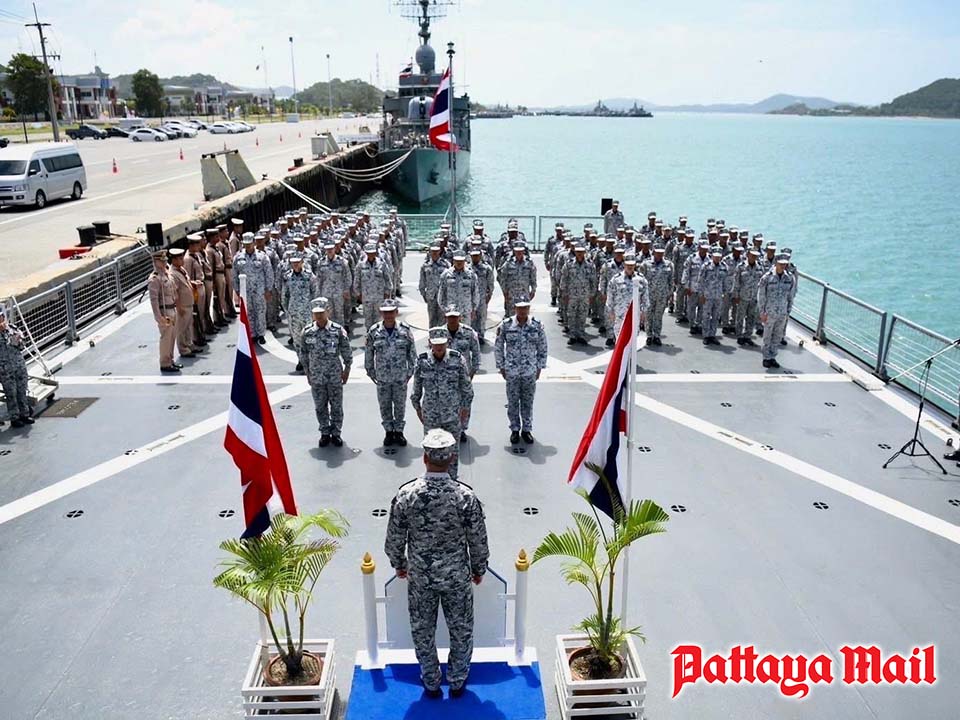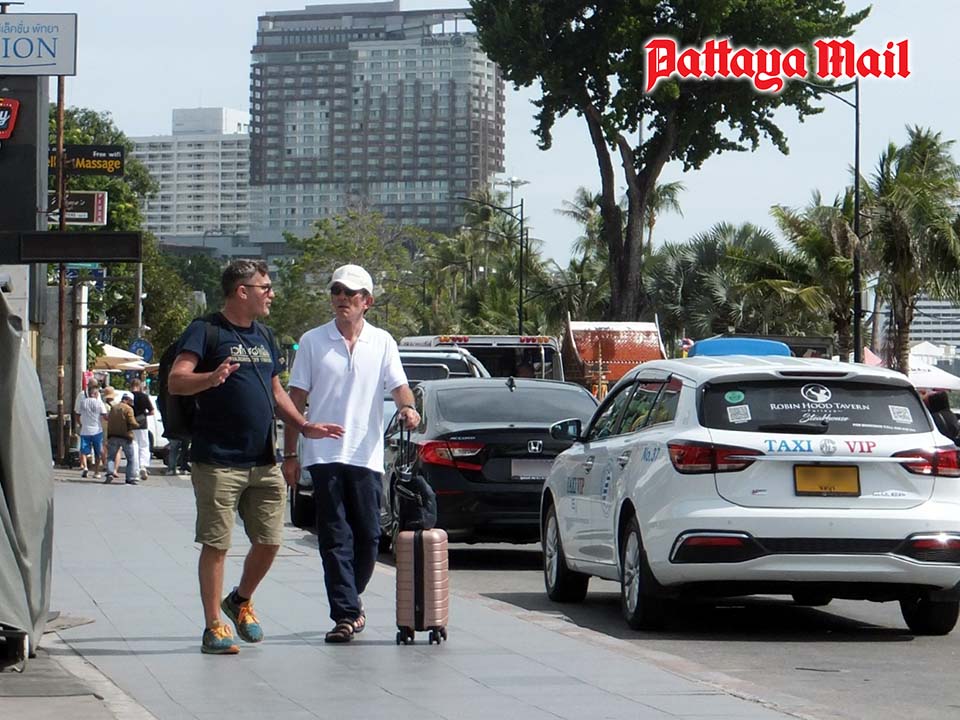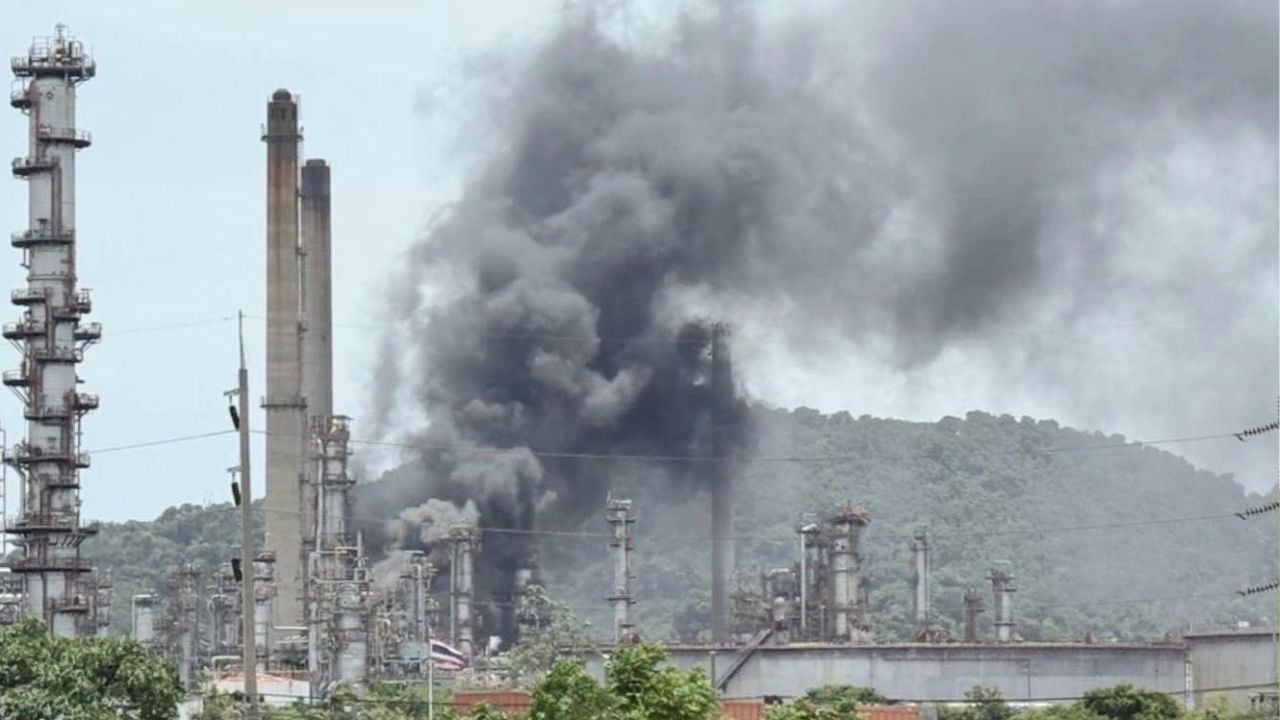Domestic travel offers some relief — Former TAT Governor decodes Thailand’s tourism market amid Chinese visitor drop
Local tourists boost economic activity in Pattaya and other resort cities, but rising costs and limited government programs temper growth expectations. (Photo by Jetsada Homklin)
PATTAYA, Thailand – Amid today’s challenging tourism landscape, what is Thailand’s tourism industry facing, and how should it move forward? Yutthasak Supasorn, former Governor of the Tourism Authority of Thailand (TAT), offers insights and answers.
Thailand’s tourism sector faced a 4.6% decline in international arrivals in the first half of 2025, with only 16.7 million visitors compared to 17.5 million during the same period last year. A key factor driving this drop is the slowdown in Chinese tourists. Daily arrivals from China fell from an average of 21,380 in January to just 10,000 by the end of June, averaging 12,657 visitors per day during the first six months.
Before the pandemic, in 2019, Thailand welcomed 11.1 million Chinese tourists — accounting for 28% of total foreign arrivals that year, which stood at 39.8 million. This averaged around 925,000 Chinese visitors per month or more than 30,000 daily. The current proportion of Chinese tourists has dropped to just 13.58% of total arrivals.
If this trend continues, 2025 may mark the first year in over a decade (excluding the pandemic and recovery years 2020-2023) where Chinese arrivals fall below 5 million — a significant blow given their high spending and longer stays. Chinese visitors typically stay an average of 7.36 days and spend about 42,428 baht per trip, more than double the stay and spending of Malaysian tourists, who average 4.17 days and 21,450 baht respectively.
Despite some gains from other international markets such as South Asia, Europe, the Americas, and the Middle East, the overall foreign tourist count for 2025 is expected to miss targets. Forecasts estimate 34.2 million foreign arrivals this year — down 3.8% from 35.6 million in 2024. Tourism revenues are similarly expected to fall short, impacted by reduced arrivals and global economic pressures.
In major tourist hubs like Pattaya, where Chinese tourists once filled hotels and beaches, the drop is clearly felt. Hotels report lower occupancy, and many businesses reliant on Chinese visitors are struggling. Efforts to attract tourists from other regions have yet to compensate fully.
Yutthasak Supasorn, former TAT governor, stresses urgent need for proactive marketing to revive Chinese tourism and secure Thailand’s economic future.
Given these challenges, experts emphasize that the Chinese market should not be neglected. An aggressive marketing push to win back just one million Chinese visitors could inject 40-50 billion baht into Thailand’s economy. A recent survey by Dragon Trail International, a Chinese travel consultancy, found that 42% of Chinese respondents plan to travel abroad this year but have yet to make bookings, highlighting untapped potential.
Key strategies include rebuilding Thailand’s image and safety reputation, introducing new attractions, and promoting value-driven offers to attract cautious Chinese travelers. These efforts could help Thailand avoid larger shortfalls in tourist arrivals and revenues compared to last year.
Domestic tourism meanwhile shows modest growth. In the first six months of 2025, domestic travel registered 102 million trips generating about 574 billion baht in revenue — a slight increase. The government’s “Thai Travel Half-Price” program, launched on July 1, 2025, aims to boost domestic tourism further but offers only 500,000 discounted spots, limiting its overall impact.
Economic pressures and rising household debt are expected to temper domestic tourists’ spending, making “Thai travel” less able to compensate for lost international revenue.
To maximize domestic tourism potential, stakeholders are encouraged to promote frequent short-distance trips within regions, rather than long-haul travel across provinces, to reduce travel costs. Highlighting and developing secondary cities as attractive destinations aligns with government policies and may help sustain tourism revenues close to last year’s levels.













